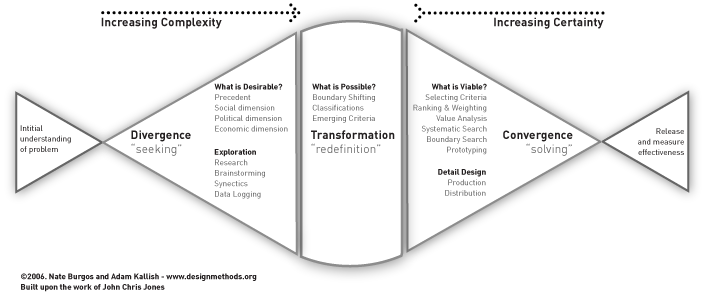Theory Q&A
Vitruvian objectives for landscape architecture
Q What is landscape architecture ‘theory’ about?
A It’s about the what, why and how of making certain types of outdoor place
Q How do landscape architects ‘make places’?
A By producing designs for the composition of landform, water and planting with buildings and pavings
Q What kinds of place do landscape architects design?
A Places which have the Vitruvian values (in varied proportions): firmitas, utilitas and venustas
Q What does firmitas mean?
A Henry Wotton translated it as ‘firmness’ (in his 1624 free translation of de Architectura by Marcus Vitruvius Pollio). ‘Well made’ expresses the idea in modern English.
Q What does utilitas mean?
A Wotton translated it as ‘commodity’. ‘Useful’ expresses the idea in modern English.
Q What does venustas mean?
A Wotton translated it as ‘delight’. But our use of this word differs from that of the seventeenth century writers. ‘Beauty’ was the nineteenth century equivalent and we tend to use the phrase ‘aesthetic value’. But the Latin word venustas, derived from the name of the goddess Venus, gives design a spiritual connotation.
Q How do landscape architects design places?
A They have used different design methods at different points in history. For example, Medieval designers used craft methods and ‘designed as they worked’. Renaissance designers worked on paper and passed their drawings to workmen. Modernist designers used a rational-scientific Survey-Analysis-Design approach.
Q What design methods do landscape architects favour in the early 21st century?
A They were slow in coming to terms with Modernism in the twentieth century and are now adopting a rather-dated Postmodern approach. This is the context from which the theory of landscape urbanism may be emerging.
Q OK, Tom, I take it these are your views. What do other people think?
A Please see Simon Swaffield’s Theory in Landscape Architecture: A Reader (2002). Simon wrote the introductory essay and distinguishes three types of theory (1) instrumental theory, intended to ‘generalise and codify knowledge, as a basis for practical action’ (2) critical theory, which ‘challenges taken-for-granted ways of thinking, and puts forward alternatives (3) interpretive theory, which seeks ‘to better understand a situation without, without necessarily changing it’.
Q How does this relate to the above Q&A?
A Well: (1) ‘how to make places’ is instrumental theory (2) the other points can be seen as an essentialist approach to critical theory supported by an interpretive theory about the definition, and history, of what constitutes ‘landscape architecture’
Q What is the diagram at the top of this page?
A Inspired by John Christopher Jones work on design methods (and drawn by Burgos and Kallish), it is placed here to express a belief that landscape architects can improve their design work by taking more interest in design methods and design theory – from a wide range of types of design work. The profession still relies too much on a Modernist Survey-Analysis-Design (SAD – the famous 3-Sheet Method) approach which tells designers how to approach a project without questioning what to do or why to do it.


Leave a Reply
You must be logged in to post a comment.